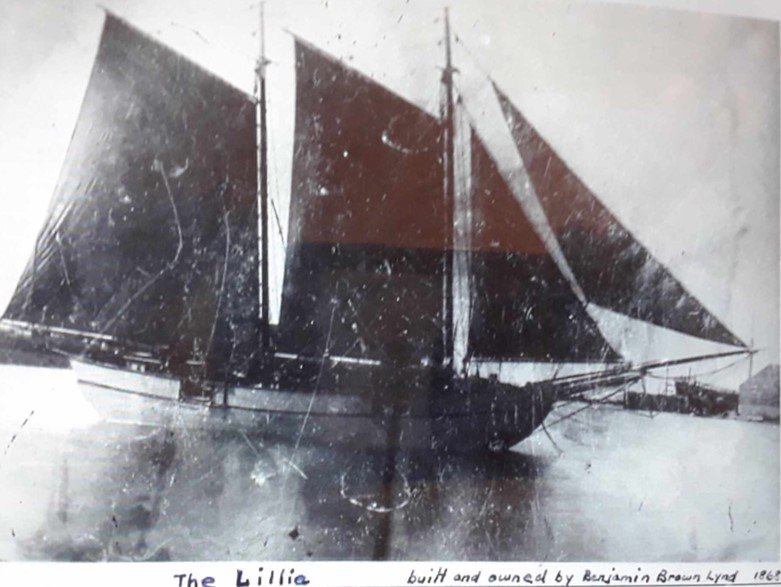Part 1 - Early Lakeview area road names in Mississauga
/Once you’ve read Part 1, click here for Part 2!
Names on our landscape often harken back to bygone eras that touch on the very earliest developments on our landscape. Road names can offer a permanent reminder of decisions from many years ago, even though we sometimes lose connection with the reasons behind why some names were chosen in the first place.
The Lakeview area of Mississauga is home to some of the earliest subdivisions in our city, beginning in 1888 with the subdivision registered by Albert Ogden (Ogden Avenue is part of this early subdivision). Other subdivisions followed in the early 20th Century, which included Haig Boulevard, Orchard Road and Fergus Avenue, amongst others. Shaw Drive remembers another early family and subdivision, located between historic Lakeview and Port Credit.
Lot 12, Concession 2, SDS (South of Dundas Street), amounting to 200 acres, was granted to James Robinson Shaw between 1837 and 1852. In 1891 Benjamin Brown Lynd purchased 25 acres from James Robinson Shaw. Benjamin Brown Lynd (1842-1911) had married Shaw’s daughter, Ida Ella (1859-1925), in 1880. The remainder of the Shaw property was subdivided in 1920 by E.T. Stephens, which included the aforementioned Shaw Drive, along with Enola Avenue (north of Lakeshore), Canterbury Road, Trotwood Avenue and Kenmuir Avenue.
James Robinson Shaw
But back to Benjamin and Ida Lynd. The couple had six children: Leda Jane (1881-1971), Garnet Watson (1882-1961), Lemuel Moss (1884-1939), Gough Polley (1885-1960), Ida Ella (1888-1993) and Lloyd Garrison (1893-1951).
Although the family was largely based in nearby Port Credit, they continued to own and farm their property in Lakeview.
Benjamin Brown Lynd was a lifelong Port Credit resident. He plied the waters of Lake Ontario for many years in his stonehooking schooners, the “Morning Star” and the “Lily”.
the lily
Benjamin organized the first choir at the Port Credit Methodist Church in the early 1860s. There was no organ in the church, and Mr. Lynd quickly garnered a reputation as a fine violin player. He also started a young-people’s orchestra, which eventually gained enough fame that it was called upon on numerous occasions to perform at the Township Hall for “Official” functions. Benjamin is remembered as a “true character” of Port Credit, a friend, a leader, a lake captain, an orchestra leader and a store clerk. His wife, Ida Ella, was just as involved in village affairs. She was a Sunday School Teacher, First President of the Peel Lady’s Aid Society, member of the Women’s Missionary Service and a strong advocate of the temperance movement.
Shaw Family c1900.
Following Benjamin Brown Lynd’s death in 1911, the Lakeview property passed to his sons, Reverend Garnet Lynd and Gough Lynd. In 1949 Garnet registered a subdivision plan on the property (Plan 373), laying out 3 streets. The subdivision was called “Lyndwood Gardens” and the streets were named Garnet Avenue, Leda Avenue (after Garnet’s eldest sister) and Lynd Avenue. Lyndwood United Church was created along Leda Avenue in 1954 (Lyndwood United Church later joined with Lakeview United Church and was renamed Cawthra Park United Church). The subdivision name was also reflected in the former Lyndwood Public School (which was rebuilt in 2008 and named the Janet I. McDougald Public School). A southern extension for Lyndwood Gardens was registered by the Lynd family in 1965.
Reverend Garnet Lynd
To the immediate north of Lyndwood Gardens, subdivision of Gough Lynd’s property occurred in 1953 under the name of Palace Gate Development. This subdivision included the streets Ewald Road and Kipper Avenue … which were named for the developer Ewald Oscar Kipper (1900-1987).















